“How do you take such mediocre pictures that fool people into thinking you are a talented photographer?“
In response to frequent queries, such as the above, I recently wrote a post about the photography equipment I use (click here), complete with a brilliantly acted/directed video. However, the camera is not everything. Except for someone with specific requirements, the camera is less important than the lenses, and the lenses are less important than the understanding of what one is doing.
Now comes the beginning of the rest of it. I plan a series, and this is the first of the TDMFTPP posts. You see, as in life, there are no easy answers when it comes to shooting decent photographs. You want to take good photos? It requires you putting in the effort to learns what it takes, and to practice what you learn. To read my droning commentary. Oh, the horror!
Some will take it as false modesty, but I’m not a great photographer. Through trial and error I figured out what works, and what does not work, for the type of photography I do. Were I to venture into a new subject matter, I would need to learn how to shoot for maximum effect. And I would learn not through great understanding of the technical aspects relating to the specific type of photography (something I lack), but through trial and error.
I say that because I do not, nor plan to, make a living from my photography; meaning, I am not a professional, and I don’t envision becoming one. That said, for everything I tackle, I like to achieve a level of proficiency that sits above the average, but below the expert, and photography is no different. So I read, try to understand, and practice. And I look at other people’s photographs.
Because I am not an expert, I am always surprised when people ask me for advice; I figure they should ask the expert.
Not that I mind sharing what little I know, but people should understand it’s what works for me. It may not work for them, and it may not gel with “proper” advice from professionals or educational sources (I’ll sprinkle appropriate links throughout the writing).
Note 1: these series of posts are mostly for the casual shooter. People who take a lot of photos might find it humorous, but are not likely to get a whole lot from it. Then again, you never know.
Are we still interested in exploring TDMFTPP? Great. Enough disclaimers; let’s start.
Assuming the camera is on, the batteries are charged, and a memory card is present, pressing a camera’s shutter button will capture an image. It sounds simple. It’s not. The common mistake people make is to assume a camera “sees” what you see.
No. The camera sees what is actually there.
You, on the other hand, have a brain that likes to mess with your perception of the world. Your brain is both limited and extraordinary in what it does. Let me give you a few examples.
You look at a flower.

“Holy crap on a cracker!” you exclaim. “I need me to capture that, so I can appear to be a sensitive person who cares about something besides money!”
Out comes your camera of choice, and for the sake of argument, let’s assume it’s set at the equivalent of a 50mm lens (roughly the capability of your eyes). You snap your picture, run back to your PC, load the picture on the screen, and . . .

Whiskey Tango Foxtrot is that?
“HAAARGHH!!” you yell out in anger.
Your spouse runs over to you, thinking something serious is going down. “Look at that!” you say, finger shaking at the screen, “that’s not what I saw!” You look up in time to see the back of your spouse’s head shaking as they walk away. You look back at the screen. The flower is there, alright, but it’s blended in among other stuff, lost in a busy background, and small.
You run out, and try it again . . .
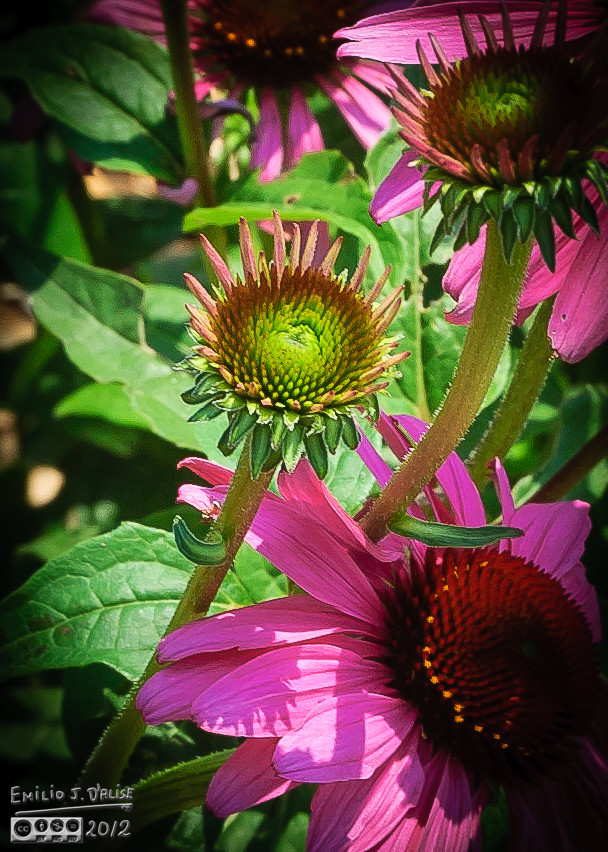
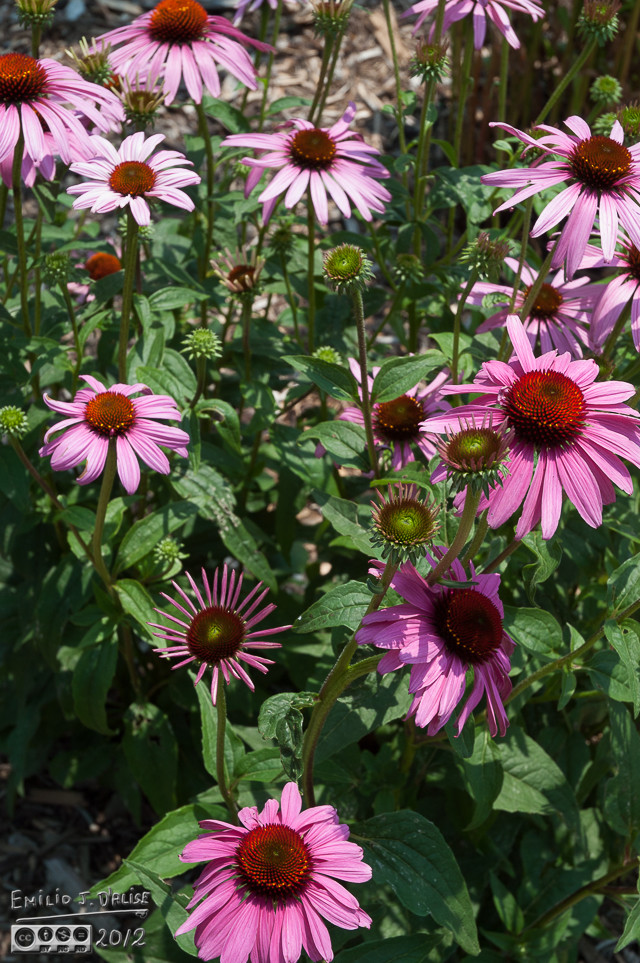
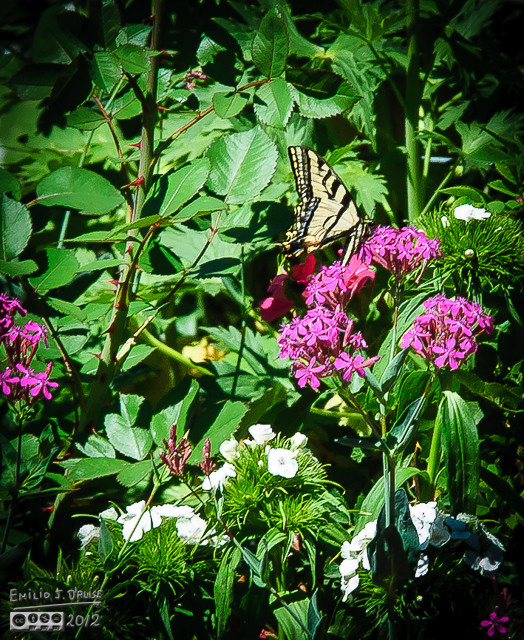
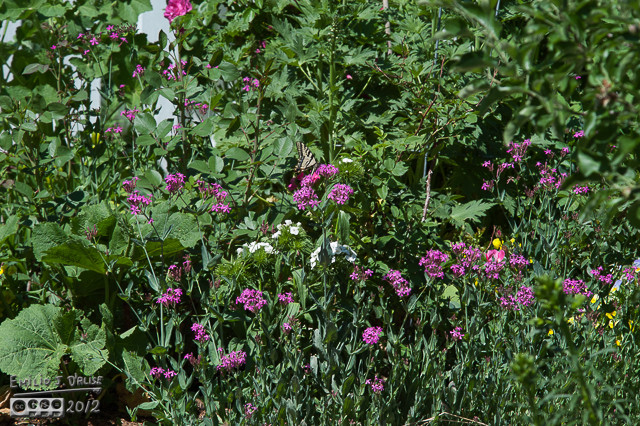
OK, I am exaggerating a bit. But it’s not far from what happens to a lot of casual photographers.
You see, your brain messed with your . . . er . . . itself. When you look at something, the brain sort-of “enhances” whatever you are looking at. It processes the image to isolate the object of interest, while at the same time diminishing the importance of what’s around it. (Most people have seen this, so it won’t work for them, but for those who haven’t, enjoy – CLICK)
Unfortunately, as smart as cameras are, they capture what is there . . . everything that is there. You’ll see this most often when shooting the moon. No, not that way! I’m talking about photographing the moon.
You walk outside in the evening (or day, or night), and the moon is up there, as it often is, and it’s clearly showing Earth-shine. Something about the setting, the hills in the distance, the tree in the foreground, and the clouds floating about combine to make it a “Ooooh my gosh! I gots to photograph that!” moment.
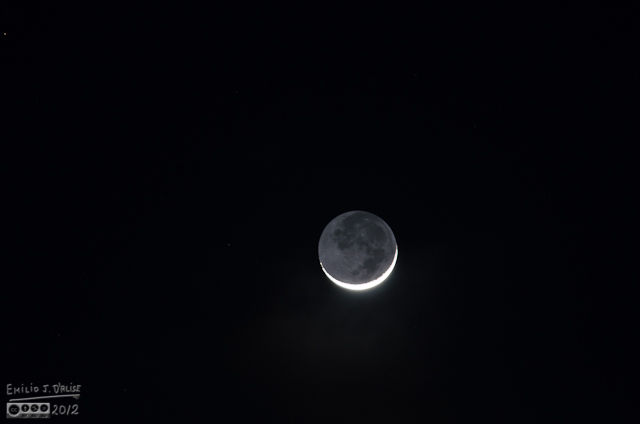
Except, something happens between you snapping a photo, and you looking at it on your PC. Gremlins have modified the photo to make the moon no larger than the nail of your pinky finger, if your pinky finger were held at arms length. The hills, trees, and clouds all look somewhat the same, but the moon is just a bright spot in the sky.
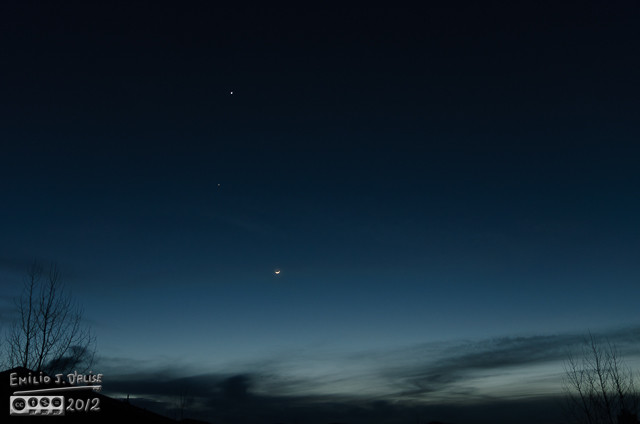
And it’s not just the perception relative to the subject. The brain also has a wide (high) dynamic range . . . except, maybe it doesn’t. What it does have, is a HDR processing lab.
HDR photography is all the rage (do a search for HDR photographs for examples – I wrote a post about it HERE). At the most basic level, it involves taking a photo exposing for the dark areas of the scene, and one photo exposing for the bright areas of a scene, and then merging them to a composite where you can see the detail in the dark areas, and detail in the brightly-lit areas.
When you do this on a computer, you play with tone, detail, sharpening, blending, and anything else that lets you come up with something that pleases you.
Your eye (actually, your brain) does the same thing . . . instantaneously. It blends the scene in front of you in a way a camera can’t. There are some cameras that offer in-camera HDR processing, but for the most part they are not there yet.
Here is an excellent write-up: http://www.cambridgeincolour.com/tutorials/cameras-vs-human-eye.htm
It’s also important to realize you don’t actually take a mental picture of a scene. You form an impression. You generate a memory that, even as it’s being recorded, is changing to suit an impression encompassing more than just what you saw. There are smells, noises, other environmental factors, all blending into an aggregate that, months later, you will recall with either fondness or dislike.
Grab some photos from a vacation. Not a recent one, but something from a number of years ago. Look at them. Chances are, your impression of the photo is tied to the memory than on what’s in the photo itself. Look at the photos from someone else’s vacation, and even if they are of the same places, they will not have the same impact.
I call this, The Grandparents Effect.
You meet someone. Eventually they can’t hold it any more, and pull out their six-inch . . . thick wallet. Had you going, there, didn’t I? . . . shame on you!
Anyway, they open the wallet, and 318 photos spill out. They are of what the grandparent calls “the most adorable kids ever!” What you see are snot-nosed miniatures of humans you estimate will end up, based on the behavior you see in the photos, in jail.
The grandparent is remembering the totality of the moment, and that memory is greatly affected by their love for that related hunk of DNA. You, on the other hand, are not related, and only see a current and future drain on society.
Point to any photographer, and you can say, with confidence, and in a Obi-Wan Kenobi-like voice, “The Grandparents Effect is strong in that one!” That’s because the very act of snapping the photo will invariably create a bond between you and the digital image.
Note 2: That can affect your objectivity when it comes time to examine and choose photos for publication; the solution is to take a crap-load of photos. The effect is diluted, and you instead look at the merit of each photo.
Anyone familiar with my posts knows I tend toward the “bury them with quantity” school of thought. Mind you, they may be decent photos, but there are usually so many photos, many, many photos, they tend to blend together, thus hardening the viewer to any emotional connection to any particular shot. I’m diluting the possibility of TGE.
For example, if I show you two photos of waves:


you might say “wow, nice shots!”
but if I process and show you all the photos of waves I have . . .
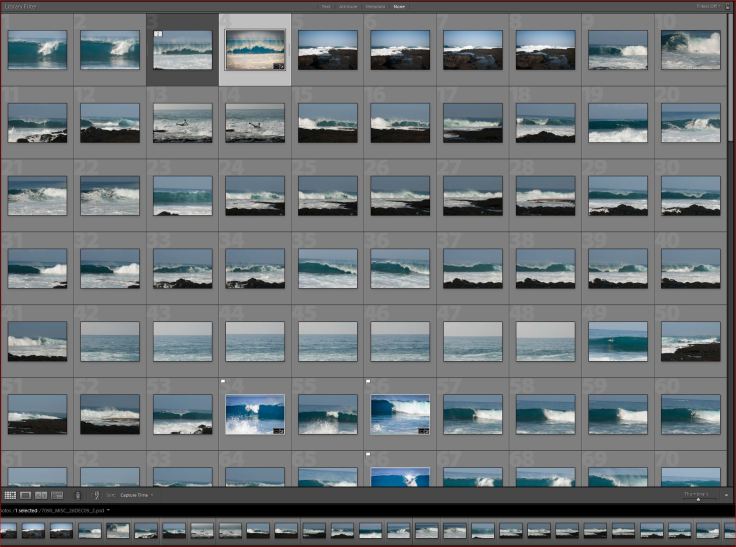
. . after a few “nice shot“, your mind just blanks out, overwhelmed (same thing happens when I do my mega-dumps, like of the hummingbird photos). By the way, those are a small number of the waves photos I kept after painfully pruning all but the ones I liked the best.
The point, and there is a point, is that for me each of those are imbued with more than what is in the photo. There are many memories associated with each photo.
We are nearing the end of this post (I lie), and so far I’ve not imparted much wisdom. It’s all ground work, you see, for the first piece of advice.
Where was the impact of a given scene when you decided to photograph it? In your brain.
If only we could capture images of what our brain sees . . .
Well, you kind of can. In fact, creative photography (differentiating it from journalistic photography) is about capturing what you see in your brain, not necessarily what is actually there. (Note to them doing drugs . . . forget it; whatever you see, it’s all be gone once you’re back down.)
With that in mind, to the first nugget from the TDMFTPP . . . visualize, and be realistic about it.
“Whiskey Tango Foxtrot does that mean?!? “
“Ah, Grasshopper; in you, much anger I see. Enlightenment, let me offer you.”
To paraphrase Harry Callahan, a person’s got to know their limitations . . . and the limitations of the photo equipment they are wielding.
You have to know what you can, and cannot do. You need to envision the results you want, know when you can achieve them, and know when it’s not gonna happen.
There are many times someone at work will call me, yelling at me to grab my camera. I run up to them, and they point to a wonderful moment between a doe and a fawn . . . two hundred yards away, and in the shade.
I put the camera down, and enjoy the sight. “Ain’t you gonna snap a picture?!?” they ask.
I could explain that I would need a tripod, my 400mm lens, and hope they don’t move as I take multiple bracketed exposures. I could explain that even then, they would be no more than quarter-inch figures in the equivalent of a 5×7 photograph. I could explain that while it might trigger my memory of the event, I would not even bother showing it to anyone.
Same for sunsets and sunrises. I go to work early, and leave work late. Sometime I see amazing skies . . . that are too dark, or have hues and hints of colored shadows I know I’ll not be able to show in a photo. Sure, if I haul out all the equipment and tricks, and if I were ready when it happens, and if I had literally an hour or two, I might come up with something amazing. But I don’t, so I don’t worry about it. And neither should the casual photographer.
So, when do you take a photo? When you can clearly capture the scene that made you want to take the photo in the first place.
If it is a particular flower, compose the photo in such a way to highlight that flower. Perhaps a different angle, or a tighter shot. If it’s the flower itself, and not the setting, pick that flower, and set up the shot you want to best show what you like about it. If the flower is in a “busy” area, realize you will need to do some post-processing to “show” the viewer what you were interested in.
The flower examples above were done with post-processing to illustrate a point, so I lied about the photo. The overall scene was, in fact, what I was trying to capture, and I could have made it work if I wanted to.

I visualized the impact of the scene, and set about to capture it.
If it’s a tree, building, bunch of rocks, or anything else found in a landscape, you need to first identify what captured your attention about it, and then set out to capture that feature, and to capture it in such a way as to shove it in the face of the persons that will be looking at your photos. For example:
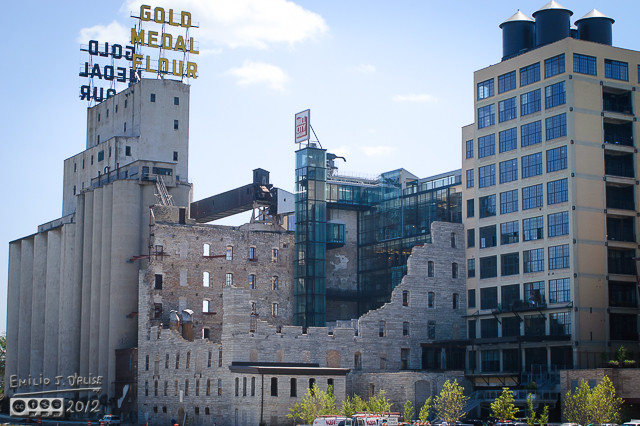

But I also envisioned other possibilities:


Post-processing will be a post all its own, but it needs to be a consideration when you take the photo. Post-processing is what you use to duplicate the photo you saw in your head. But for it to work, you still have to capture something that comes close to what you want to show.
Scenery . . . perhaps the most difficult of things to really show well. You see a sweeping vista, but your picture will not likely show anything with that kind of impact.
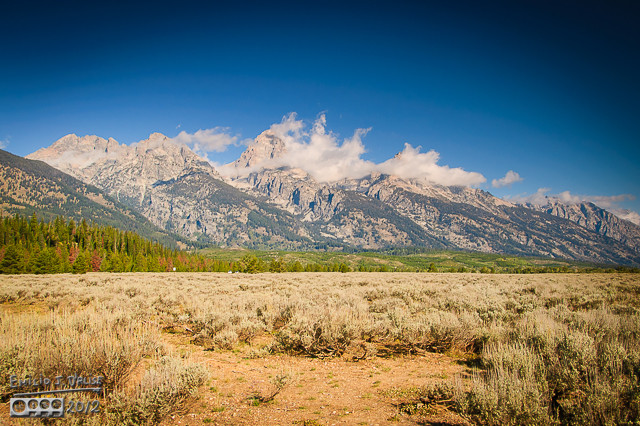
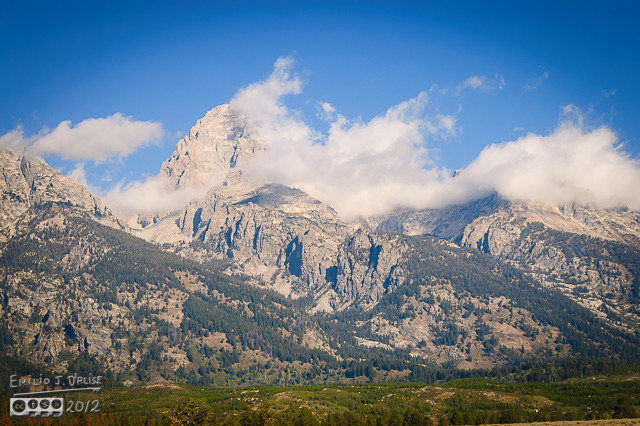
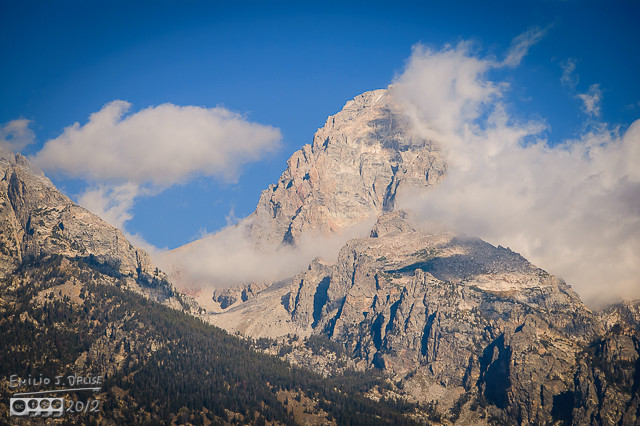
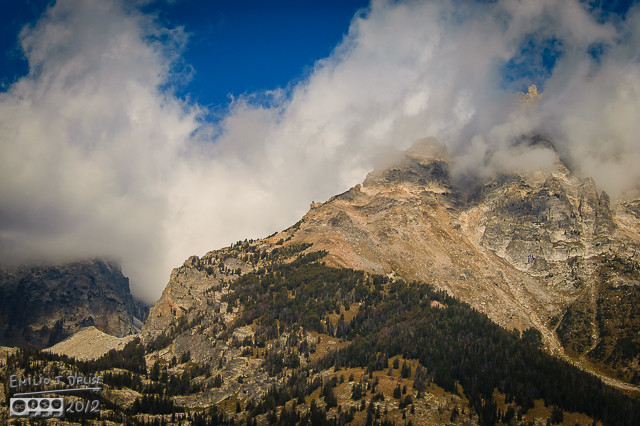
By the way, all of those are as shot (no cropping), and all have the same processing.
You could do a panorama (panorama post), but that requires more interaction from the viewer. Even then, resign yourself to the viewer not getting the same thing you do out of the static picture.
It does help to put familiar things in the photo. People:
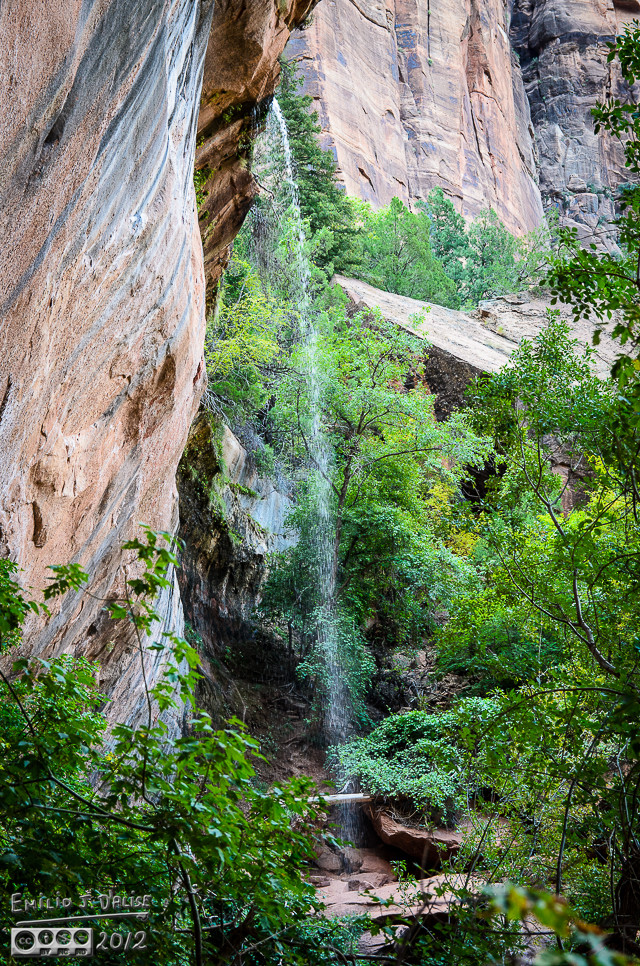
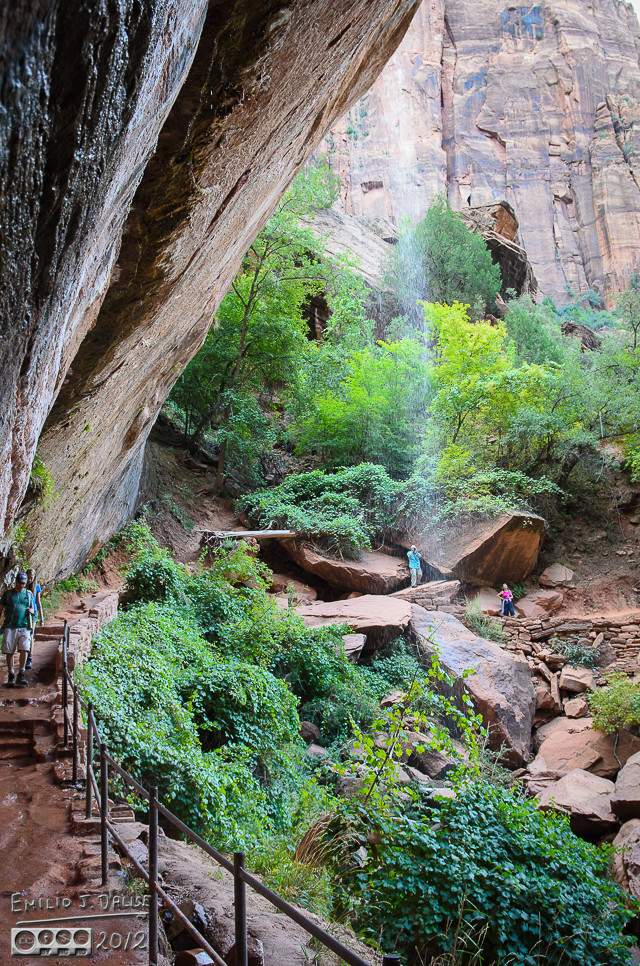

Or a car:

or an animal:
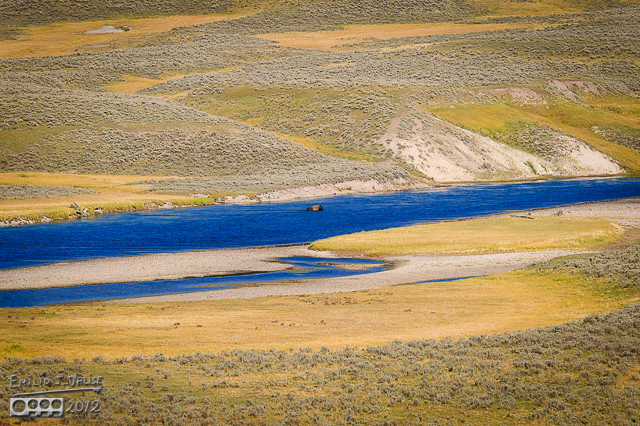
Perhaps you include something in the foreground to provide a transition between the near and the far.
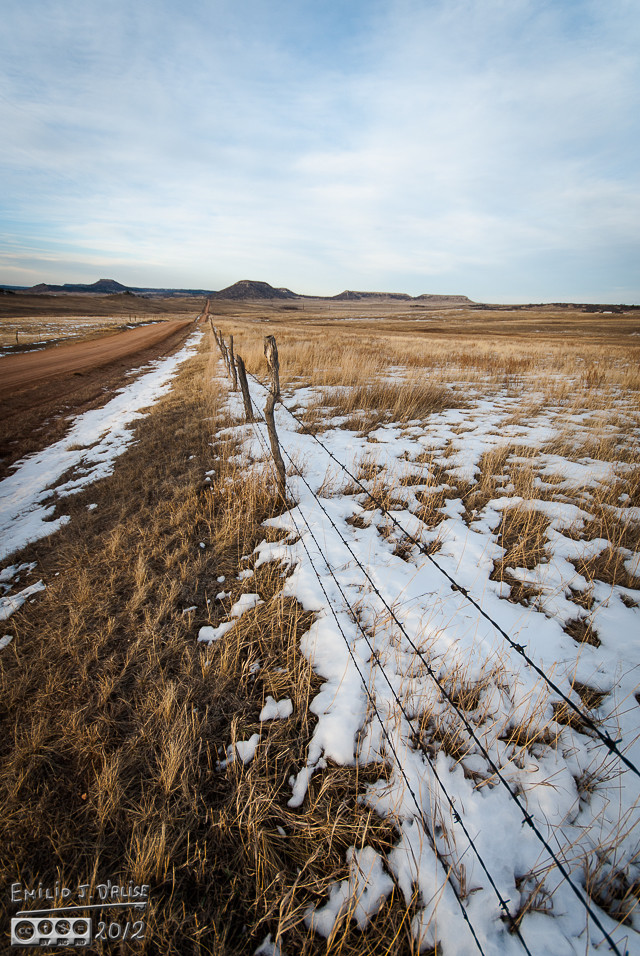
Perhaps you worry less about the vista, and just offer up the color combination set off by the setting sun.
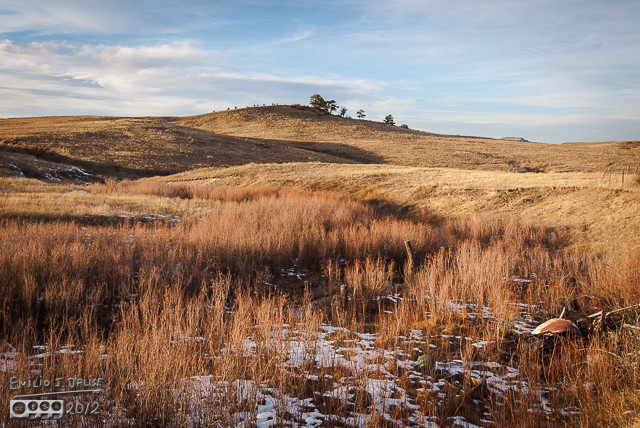
You need to visualize what you want to convey . . . sounds easy, and once you practice, it is.
That gets into composition, post-processing, framing the subject, and what is generally considered visually pleasing. All stuff for future posts.
For now, here is what you should take from this first post:
many people take photos of what they see . . .
. . . they should take photos of what they want to show.
. . . I did say it might not be all that helpful . . .
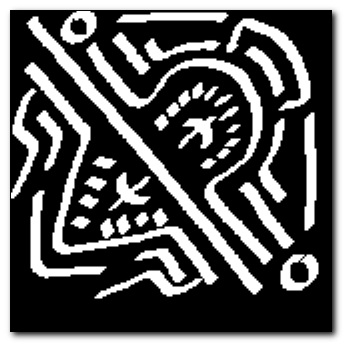
<><><><><><><><><><o><><><><><><><><><o><><><><><><><><><>
About awards: Blogger Awards About “likes”: Of “Likes”, Subscriptions, and Stuff
Note: to those who may click on “like”, or rate the post; if you do not personally hear from me, know that I am sincerely appreciative, and I thank you for noticing what I do.
. . . my FP ward . . . chieken shit.
Great stuff Emilio, keep it coming! Entertaining, funny and I actually can learn something here !! -Jerry
LikeLike
Excellent advice for anyone at any stage of their photography. Now if I only had a brain I can put it to good use.
LikeLike
Cool stuff thanks for posting
LikeLike
I got a lot out of this post but at my level there was too much for me to absorb at one time so I will have to revisit. There is more interesting stuff in this post than in a lot of books for beginners. This is the stuff I want to think about – not the “take moving objects at a fast speed”, “work with depth of field” etc.
LikeLike
When I get a camera, I am definitely coming back here. Great post and photos.
LikeLike
Thanks for this post. I have often had the frustration that my photos do not come close to replicating the feeling of beauty I took from a landscape at the time.
LikeLike
Thanks, all. Traveling this week, so not sure how active I’ll be.
LikeLike
Thanks…I need all the help I can get. I just keep pointing and shooting and eventually I get lucky with some half-assed blurry image. I will use your good advice when I get a better camera someday.
LikeLike
No, no . . . you can do all this with whatever camera you have.
LikeLike
I’m a lot like you, not wanting to be a professional photographer but, none the less wanting my photos to be just slightly above the range of amateur. You have some great advice here and you emphasize what seems to work for me. Post processing!
LikeLike
I’ll be covering that in my series. Lots of choices there as well.
LikeLike
You’ve outdone yourself with the clear and concise explanations. You may not consider yourself “professional” but you most certainly are a very good and very conscientious photographer.
To misquote Juliet, “What’s in a name? That which we call a photographer
By any other name would be just as good.”
LikeLike
I don’t even know what a photographer smells like.
LikeLike
You can be a real stinker . . .
LikeLike